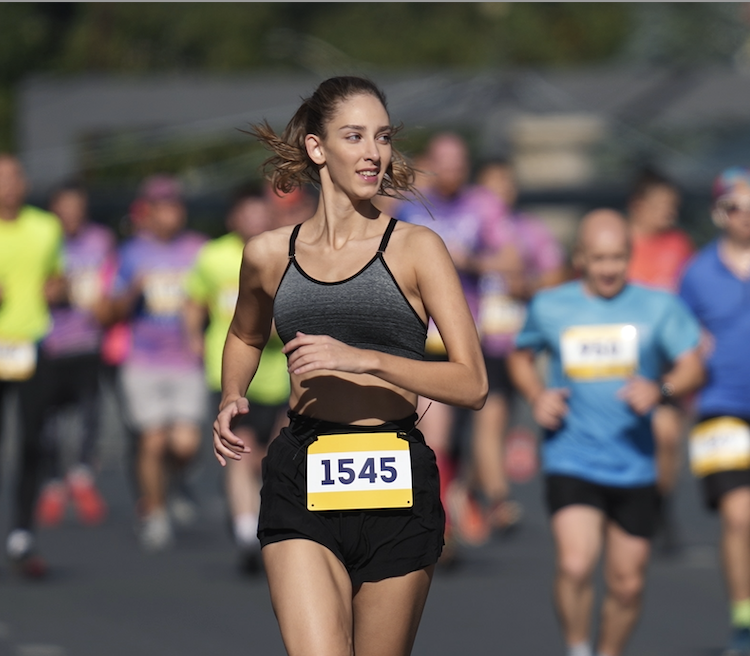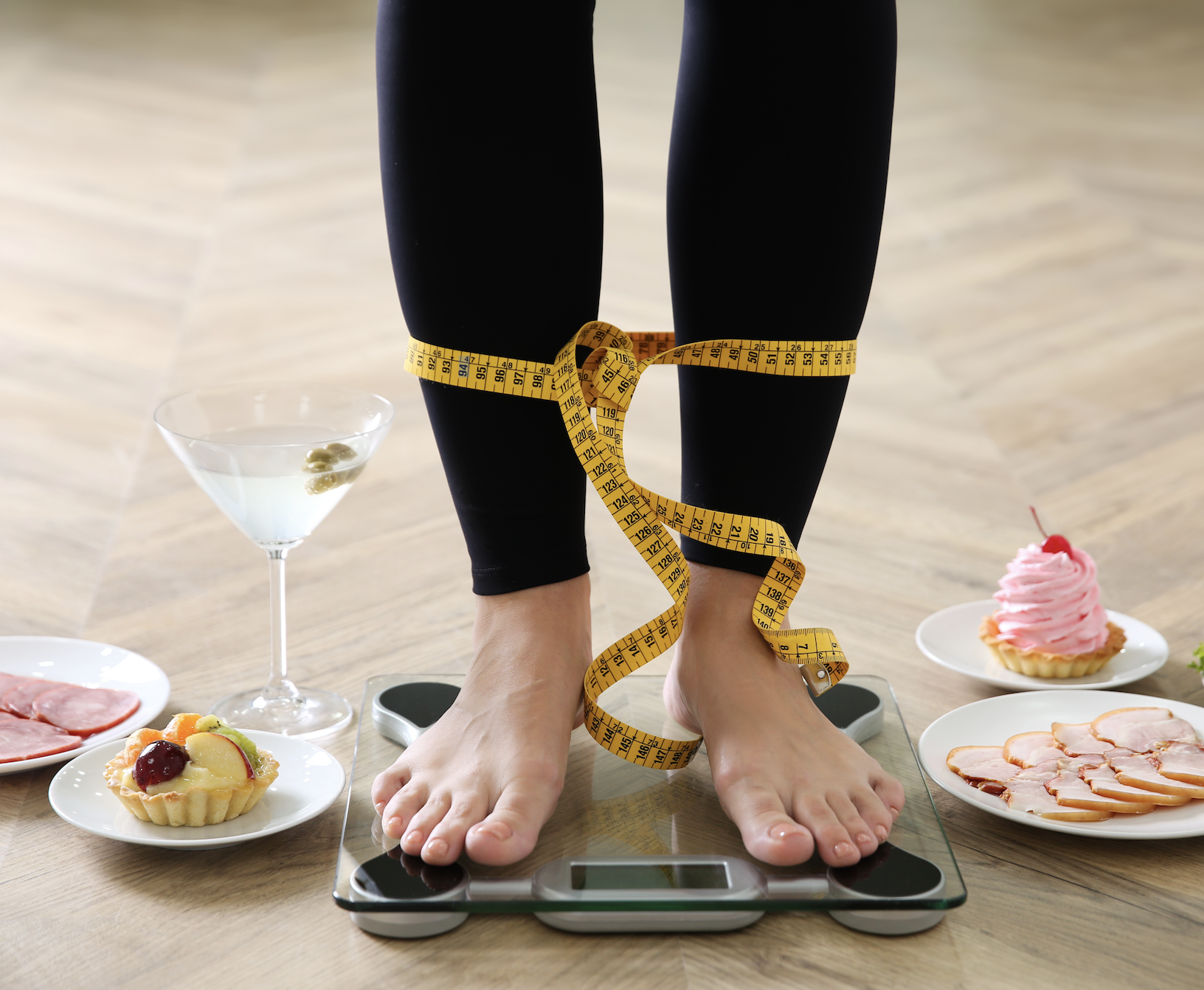Sports injuries can happen to anyone, but women can sometimes be at higher risk versus their male counterparts. It’s important to understand how the female anatomy can predispose someone to injury and how to properly prevent getting hurt.
Injury risk in women
Women have certain anatomical and hormonal differences than men which may put them at higher risk of certain types of injuries. For example, women tend to have:
- Hypermobility. Women typically have a higher range of motion versus their male counterparts. As such, women can be more prone to ligament injuries like anterior cruciate ligament (ACL) tears.
- Narrower shoulders. With narrower shoulders comes decreased upper body strength. To compensate, women may overuse and thus injure other body parts, like their back.
- Wider hips. Wider hips make the angle between the knees and hips larger, thus increasing stress on the knees.
- Hormonal fluctuations. In particular, estrogen tends to fluctuate throughout a woman’s menstrual cycle. Estrogen is associated with increased ligament laxity, which can increase one’s chances of joint injury.
Common sports injuries seen in women
Because of the unique anatomical and hormonal differences in women, women may be at increased risk of injuries such as:
- ACL tears
- Stress fractures
- Ankle sprains
- Joint pain
- Tendonitis
- Plantar fasciitis
- Shin splints
- Concussions
- Knee pain
Prevention strategies
Knowing the risks of injury in female athletes, it is important to understand how to properly prevent getting hurt. Some strategies include:
- Strength and conditioning. Women specifically will want to focus on exercises that target the hamstring, hips, quadriceps, core, back, and neck.
- Proper technique and form. Many people underestimate the power and importance of proper technique and form. This is paramount in getting the most out of your workout and preventing injury. Work closely with a trainer and coach to ensure you are using the correct techniques.
- Footwear and equipment. The old, worn in sneakers you’ve had for years may be doing you more harm than good. Any active individual should have supportive shoes and proper gear that can help to minimize their risk of injury.
- Warm-up and cool-down routines. While athletes are experts at what they do, that doesn’t mean they should ever skip a warm-up. Incorporating warm-ups into your training will help to prep the muscles and joints for more intensive activity later on. Additionally, cooling down with walking and stretching can promote more efficient recovery.
- Rest and recovery. While athletes tend to train frequently and intensely, it is important to incorporate rest days into one’s routine. In fact, the American Council on Exercise (ACE) recommends taking at least one rest day for every 7 to 10 days of training. Doing so will allow your body to repair damaged tissue and restore your energy levels.
Recovering from sports injuries
Although there are many preventative techniques to avoid getting hurt, sometimes injuries happen. If you’re a woman with a sports injury, Dr. Andrew W. Parker and Dr. Frank Wydra at Orthopedic Associates can help. Schedule an appointment today to find out how.



